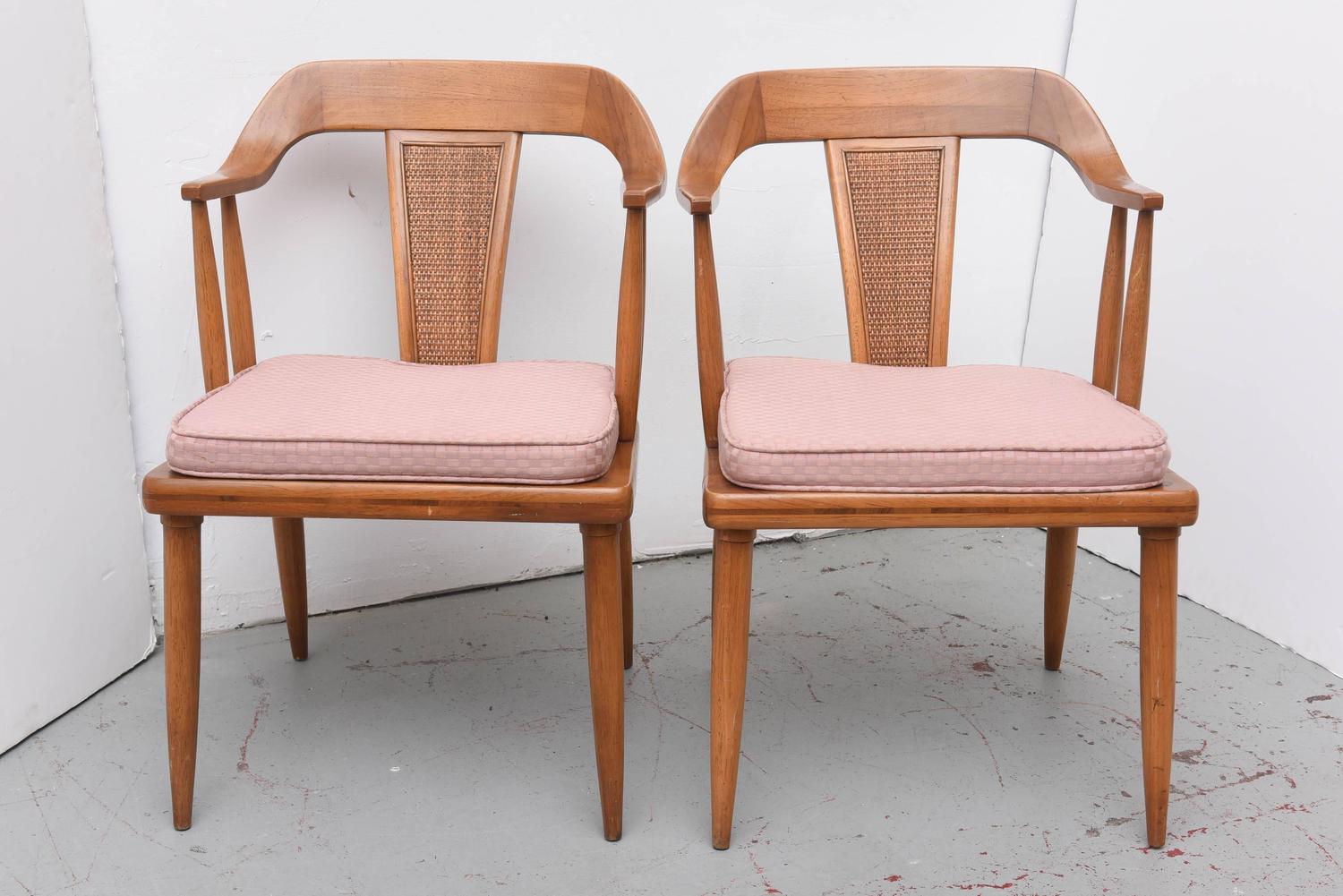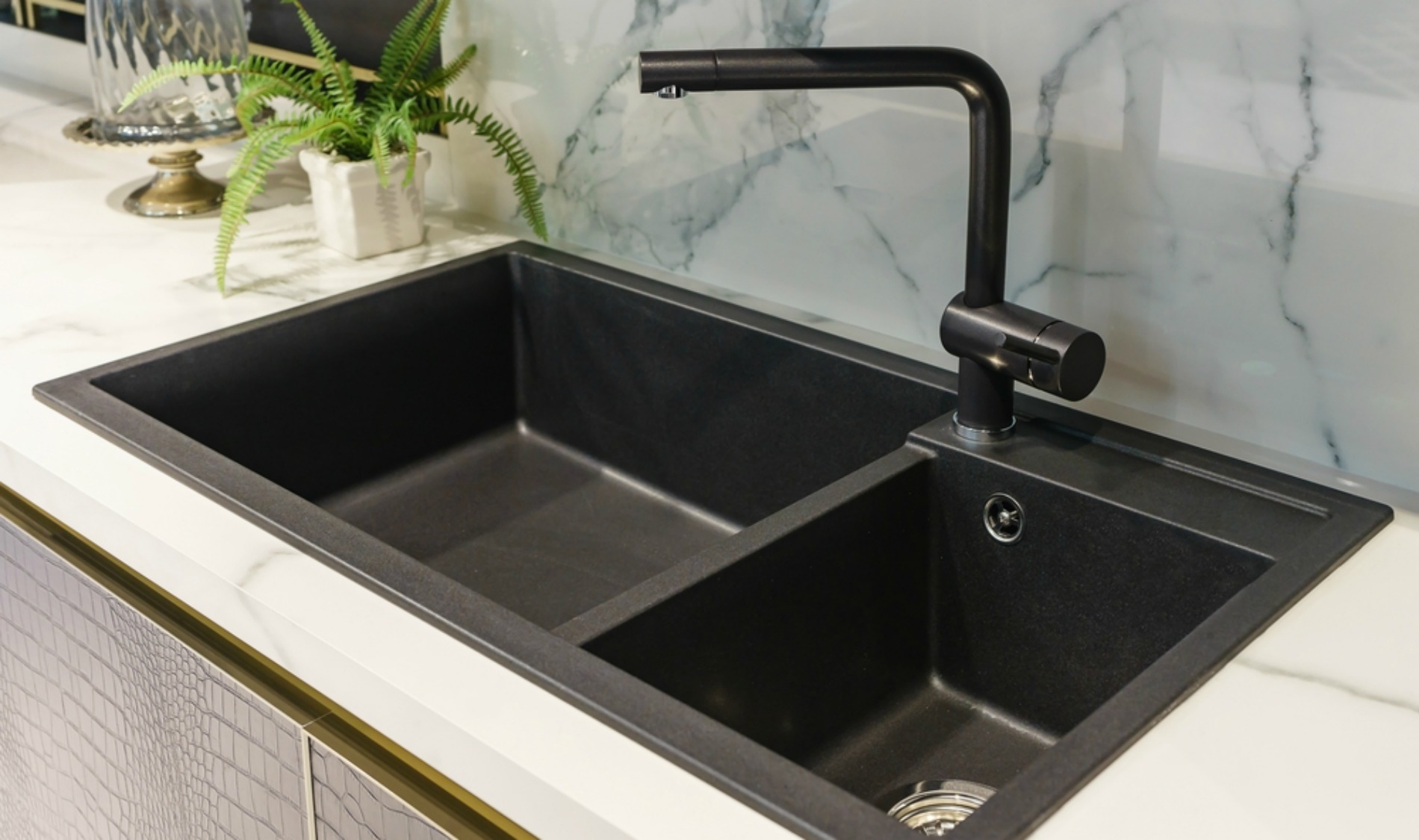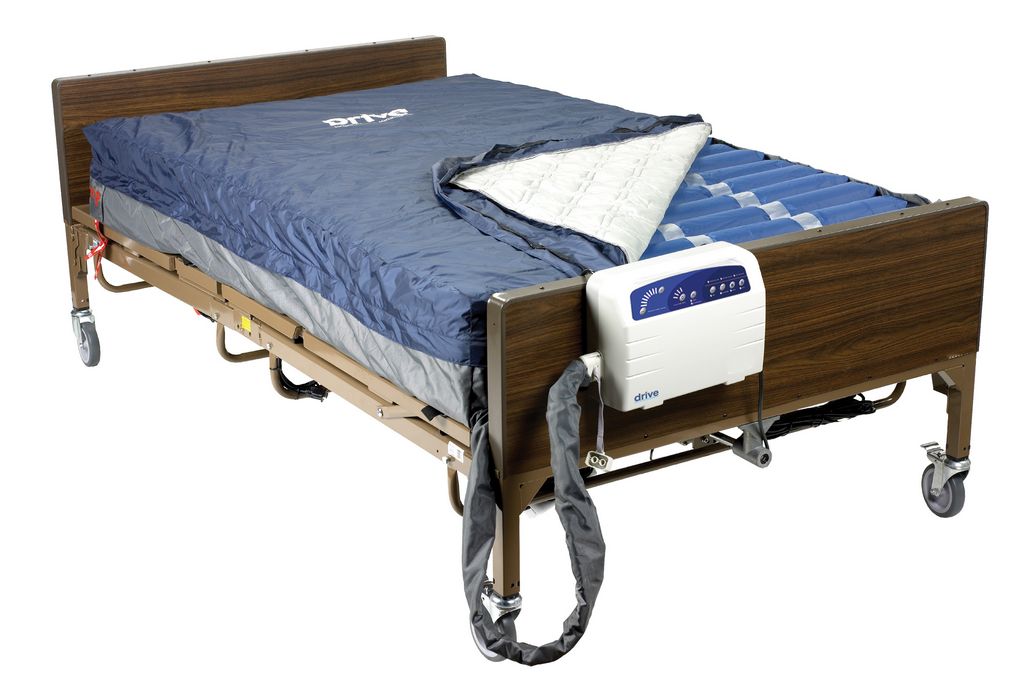When designing a kitchen, functionality is key. The kitchen is usually one of the most used areas in a house, and it's important to lay it out in a way that best suits the needs of the people who will be using it. Consider what appliances you have or plan to install to ensure there is plenty of room to move around. Plan storage solutions with cabinets, shelves, and even pull out drawers for convenience and ease of use.Functionality
The ergonomics of the kitchen are important for a functional and comfortable space. Make sure all of the major appliances are within a comfortable range. It's also important to consider counter height. It should be ADA compliant for those who may need assistance and comfortable for all users. Additionally, depending on preferences, cabinets can be designed with special pull-outs, angled corners, and ergonomic handles, bringing convenience and ease of reach.Ergonomics
It's important to consider how people will travel through the kitchen. Make sure there is an easy path to all appliances, the fridge, the sink, and the stove. Design the layout in a way that won't lead to major traffic jams. Consider islands or butcher block tables as halfway points to divide the work zones in a kitchen.Traffic Flow
Storage is a major factor in any kitchen design. The most common storage solutions are cabinets and shelves, but it's important to consider other creative options like pullouts, under cabinet slide-outs, and even drawers with risers. Find innovative storage solutions that fit comfortably in the kitchen's layout to ensure there is enough room for all the necessary items.Storage
Ventilation is an important aspect of kitchen design. Kitchen smoke and odors should be vented outside for maximum safety and comfort. When installing a vent hood, make sure it is a size that is adequate for your particular kitchen layout. Additionally, providing plenty of windows in the kitchen to promote natural airflow is key for a well-ventilated space.Ventilation
The right lighting is essential for a successful kitchen design. Natural light is the best choice, so make sure to provide plenty of windows. However, it's also important to install artificial lighting that is properly diffused and directed to create a bright and pleasant atmosphere. Recessed or track lights are great options.Lighting
When it comes to color, there are a variety of options. Choose a color scheme that complements the existing design of the house and look for ways to incorporate accent colors to add interest. Keep in mind that lighter colors tend to make the space appear larger while darker colors add a touch of warmth. Additionally, bold colors can be used to draw attention to specific areas or features.Color
Materials are an important part of kitchen design. When deciding on finishes, stick to materials that are easy to maintain and are durable, such as stainless steel or granite. Look for surfaces such as countertops that are easy to clean and won't show fingerprints easily. Additionally, opt for low-maintenance flooring options to reduce the need for frequent cleaning.Material
Durability is key when it comes to kitchen design. You want materials and fixtures that can stand up to the wear and tear of everyday use. Choose materials such as solid wood cabinets that won't chip or warp over time. Additionally, make sure to install quality appliances to guarantee a longer lifespan.Durability
Safety is a priority in the kitchen design. Make sure to install non-slip flooring and to position the stove in a way that reduces the risk of burns. Avoid any odd angles or tight corners where accidental injuries can occur. Additionally, install sliding covers for electrical outlets and take the necessary steps to ensure food safety.Safety
When designing the kitchen, it's important to keep an eye on the budget. Determine what is essential and what can be cut back on. Look for quality materials that don't break the bank. Additionally, it's possible to get creative and find budget-friendly solutions, such as shopping at antique markets or using refurbished items. Budget
Incorporate Open Space Into Your Kitchen Design Plan
 Many interior designers incorporate
open space
into their kitchen design plans when they’re constructing a new kitchen. With more open space, people can create a more flowing design, enabling a larger area to be occupied for seating or a larger kitchen workspace. This allows multiple people to work in the same space. This allows multiple people to work together on a kitchen project, without feeling crowded.
Many interior designers incorporate
open space
into their kitchen design plans when they’re constructing a new kitchen. With more open space, people can create a more flowing design, enabling a larger area to be occupied for seating or a larger kitchen workspace. This allows multiple people to work in the same space. This allows multiple people to work together on a kitchen project, without feeling crowded.
Choose Practical Kitchen Appliances
 It’s important to choose practical
kitchen appliances
when you’re designing a kitchen. You need to pick appliances that are designed for the purpose you need them for, and you should select appliances that are durable enough to last for a long time. This will ensure that your kitchen functions optimally and will require minimal maintenance throughout its lifespan.
It’s important to choose practical
kitchen appliances
when you’re designing a kitchen. You need to pick appliances that are designed for the purpose you need them for, and you should select appliances that are durable enough to last for a long time. This will ensure that your kitchen functions optimally and will require minimal maintenance throughout its lifespan.
Appliance Sizes
 Make sure to select kitchen appliances that are properly sized. While some people may just opt for the largest size available, this may not always be the best option. It’s important to take into consideration the space within the kitchen before selecting the appliances. Unevenly sized appliances may disrupt the harmony of the design.
Make sure to select kitchen appliances that are properly sized. While some people may just opt for the largest size available, this may not always be the best option. It’s important to take into consideration the space within the kitchen before selecting the appliances. Unevenly sized appliances may disrupt the harmony of the design.
Materials and Finishes
 When selecting materials and finishes for the kitchen design, choose materials that will be easy to maintain. Natural materials are often the best choice for kitchen designs as they are more durable and require less maintenance. Natural stones, such as granite, marble, and quartz, are some of the best materials for kitchen designs. Additionally, you should pay close attention to the finish of the materials, such as the color, texture, and pattern. Selecting the right finishes can make the kitchen look more luxurious and inviting.
When selecting materials and finishes for the kitchen design, choose materials that will be easy to maintain. Natural materials are often the best choice for kitchen designs as they are more durable and require less maintenance. Natural stones, such as granite, marble, and quartz, are some of the best materials for kitchen designs. Additionally, you should pay close attention to the finish of the materials, such as the color, texture, and pattern. Selecting the right finishes can make the kitchen look more luxurious and inviting.






































































































